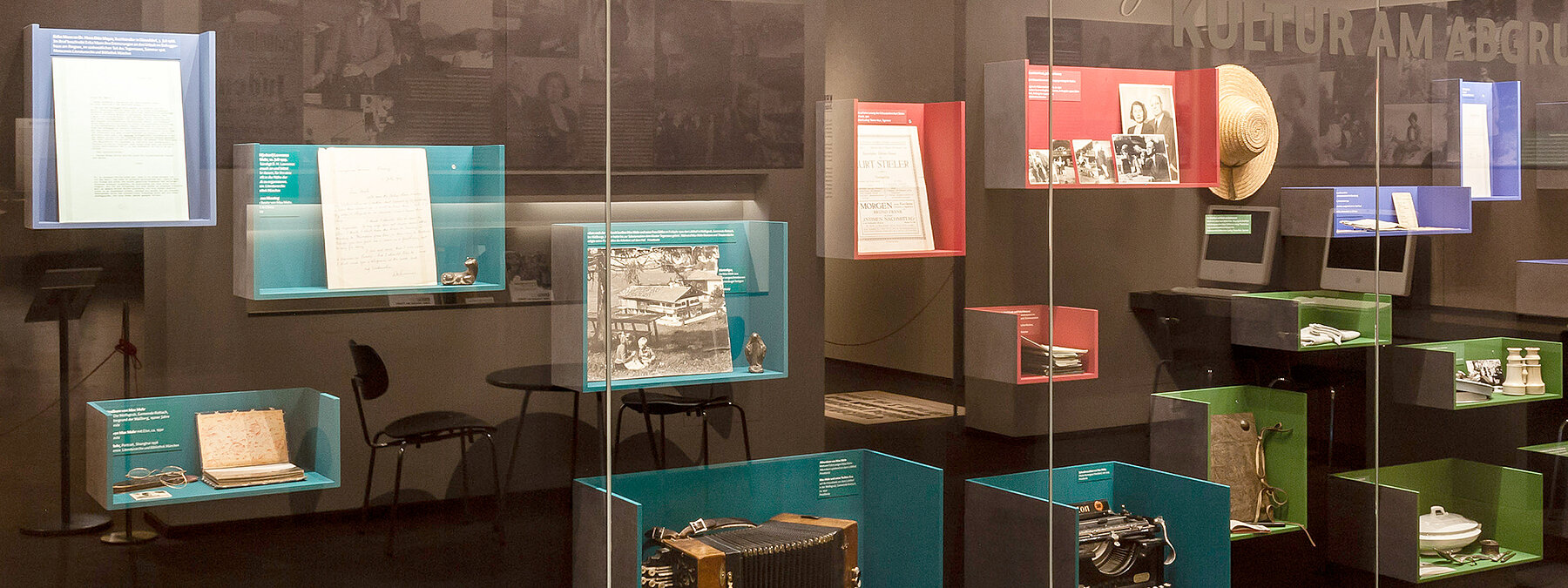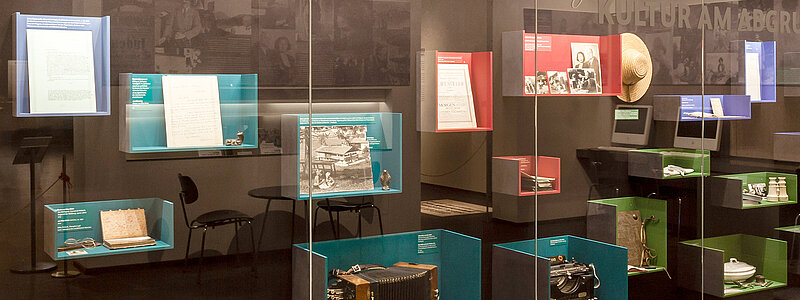

Culture on the Brink
Jewish Life on Tegernsee 1900–1933
An exhibition by Monacensia in the Study Area
A culturally varied and colorful life was to be found in the picturesque villlages around the lake Tegernsee from the middle of the 19th century onward. Whether Jewish or non-Jewish, both local residents and those who spent the summer months there enjoyed the beauty of the countryside to the same degree.
Katia Mann, née Pringsheim, spent the summer months on Tegernsee with her parents and siblings on numerous occasions. Later, she used to like visiting the Tegernsee valley with her husband, Thomas Mann, and their own children. The inner…
Culture on the Brink
Jewish Life on Tegernsee 1900–1933
An exhibition by Monacensia in the Study Area
A culturally varied and colorful life was to be found in the picturesque villlages around the lake Tegernsee from the middle of the 19th century onward. Whether Jewish or non-Jewish, both local residents and those who spent the summer months there enjoyed the beauty of the countryside to the same degree.
Katia Mann, née Pringsheim, spent the summer months on Tegernsee with her parents and siblings on numerous occasions. Later, she used to like visiting the Tegernsee valley with her husband, Thomas Mann, and their own children. The inner circle of the satirical magazine “Simplicissimus” regularly met at the home of the Bavarian writer Ludwig Thoma, including the caricaturist Thomas Theodor Heine. After an interruption conditioned by World War I, cultural life in the Tegernsee valley blossomed once again. The doctor and writer Max Mohr invited well-known guests to his farmhouse, such as Thomas Mann and D.H. Lawrence, as well as the young Grete Weil, née Dispeker.
Another magnet for visitors in those days was the popular theater, the “Ganghofer-Thoma Bühne,” in Egern. Performances were attended by the playwright Ödön von Horváth; the writer Carl Zuckmayer, a friend of his; the operetta diva Fritzi Massary, and her son-in-law, the writer Bruno Frank.
The exhibition shows photographs and documents from Monacensia, the literary archive of the City of Munich, on the cultural life in the Tegernsee valley. It tells of how local residents and the artists and writers who spent some of their time there, lived side by side, and how this idyll proved deceptive following the seizure of power by the National Socialists, when this communal cultural existence was brought to an abrupt end.
Duration of exhibition
October 15, 2014 - February 22, 2015
Where
Study Area
Curator
Dr. Elisabeth Tworek
Architecture
Katharina Kuhlmann, durchschrift, Munich

